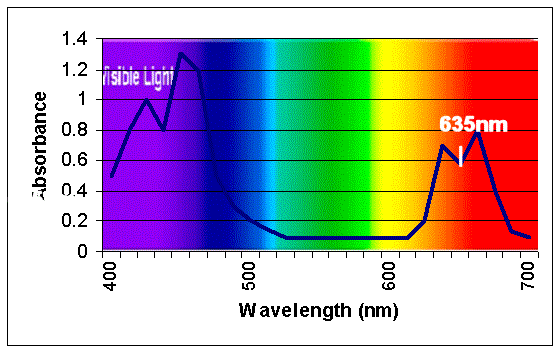With high light and low CO2 you're likely to switch from hair algae as a pest to black beard and black brush algae. As others have mentioned, you'll need to significantly up your CO2 however a pair of t5HO lights on a 20 gal is probably overkill.
As for Kelvin, the Kelvin measure is sort of a shorthand for making sure the light is in the right spectrum for plant growth. Most chlorophyll absorbs light at between 400 and 540 nm of wavelength. A light at between 6500K and 10,000K tends to emit larger proporitions of its light within that particular spectrum. Most plant and "daylight" bulbs will have a chart on the side that indicates the spectrum they emit. To be more effective in your lighting, you'll want to select bulbs that most closely match the absorption spectrum of the plants. Keep in mind that just like watts per gallon, kelvin is not an exact indicator, but also a generally useful rule of thumb.
In case you're curious, the Kelvin measure basically is the brightness of a pure black body heated to that particular temperature measured in degrees Kelvin.
As far as appropriate levels of light for different types of bulbs, there are some articles online by quite a few folks, with Tom Barr being the most prominent. I particularly found his article discounting the need for high light for most tanks interesting. I don't completely agree with his methodology though since he measures par, which is a measure of the total amount of light within the entire visible spectrum, rather than just the light within the cholorophyll absorption spectrum, but that's probably a discussion for a different thread.
To help out, here's a graph of the chlorophyll a and b combined absorption spectrum from Wikimedia Commons.







